How to get a fig tree to fruit – 3 expert tips for an abundant harvest of sweet fruit
There are a few reasons why your fig tree might not be providing its delicious fruit, but that doesn't mean it's time to give up

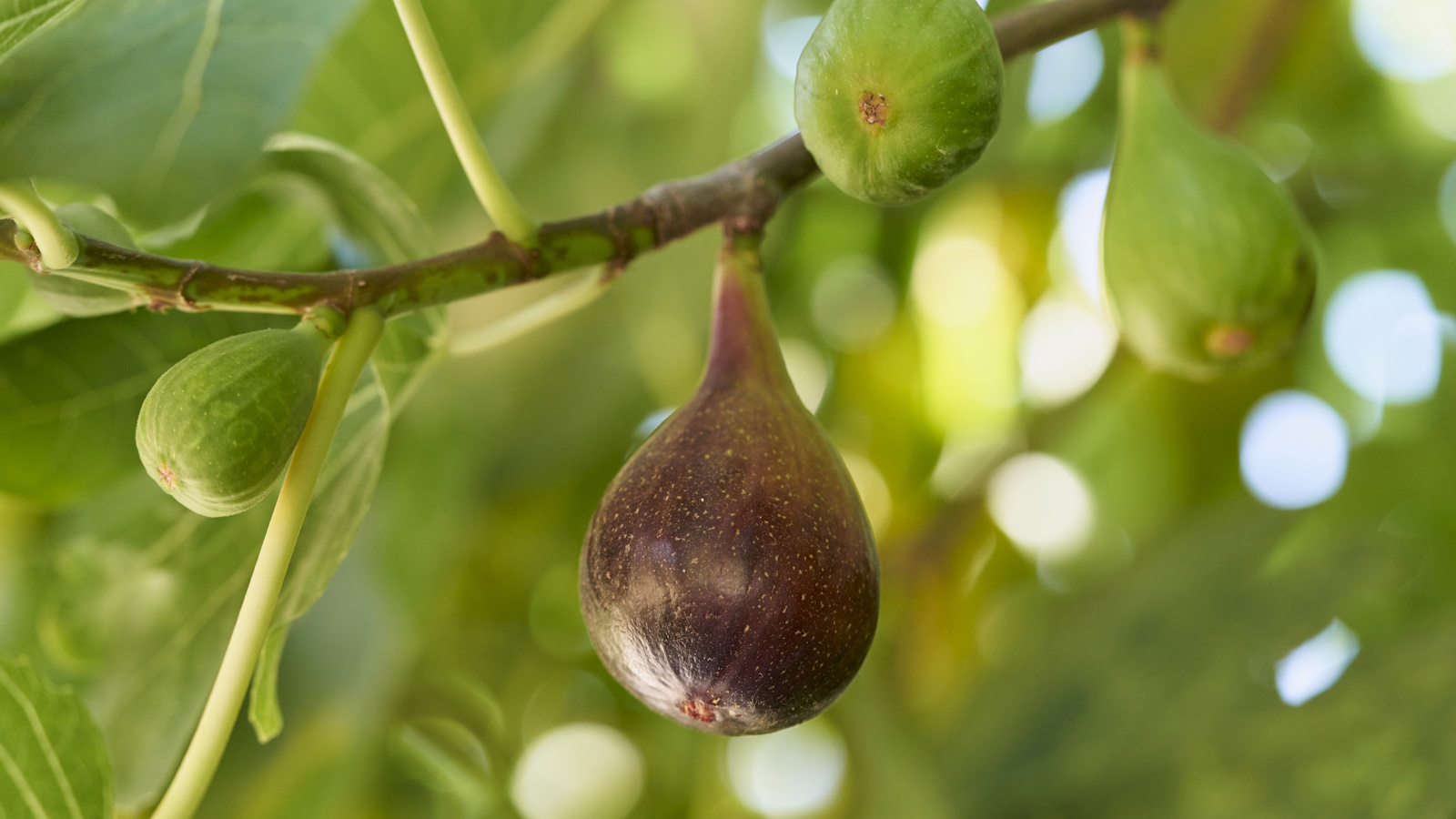
Being able to harvest fruit and vegetables right from your own backyard is a reward many gardeners look forward to. With so much work put into providing optimal growing conditions and care, it can be disheartening when your plants don't produce a bountiful harvest.
Growing fig trees is no different, as these Mediterranean plants won't always produce fruit. Like other fruit trees, they need very specific conditions in order for figs to grow. That isn't to say you can't have a thriving fig tree without fruit, as many will grow happily for years without providing crops.
However, if you are concerned about your fig tree not producing fruit or simply want to get it to do so, there are a few things you can do to encourage it. We've spoken to expert growers who have shared with us the best ways to get a fig tree to fruit.
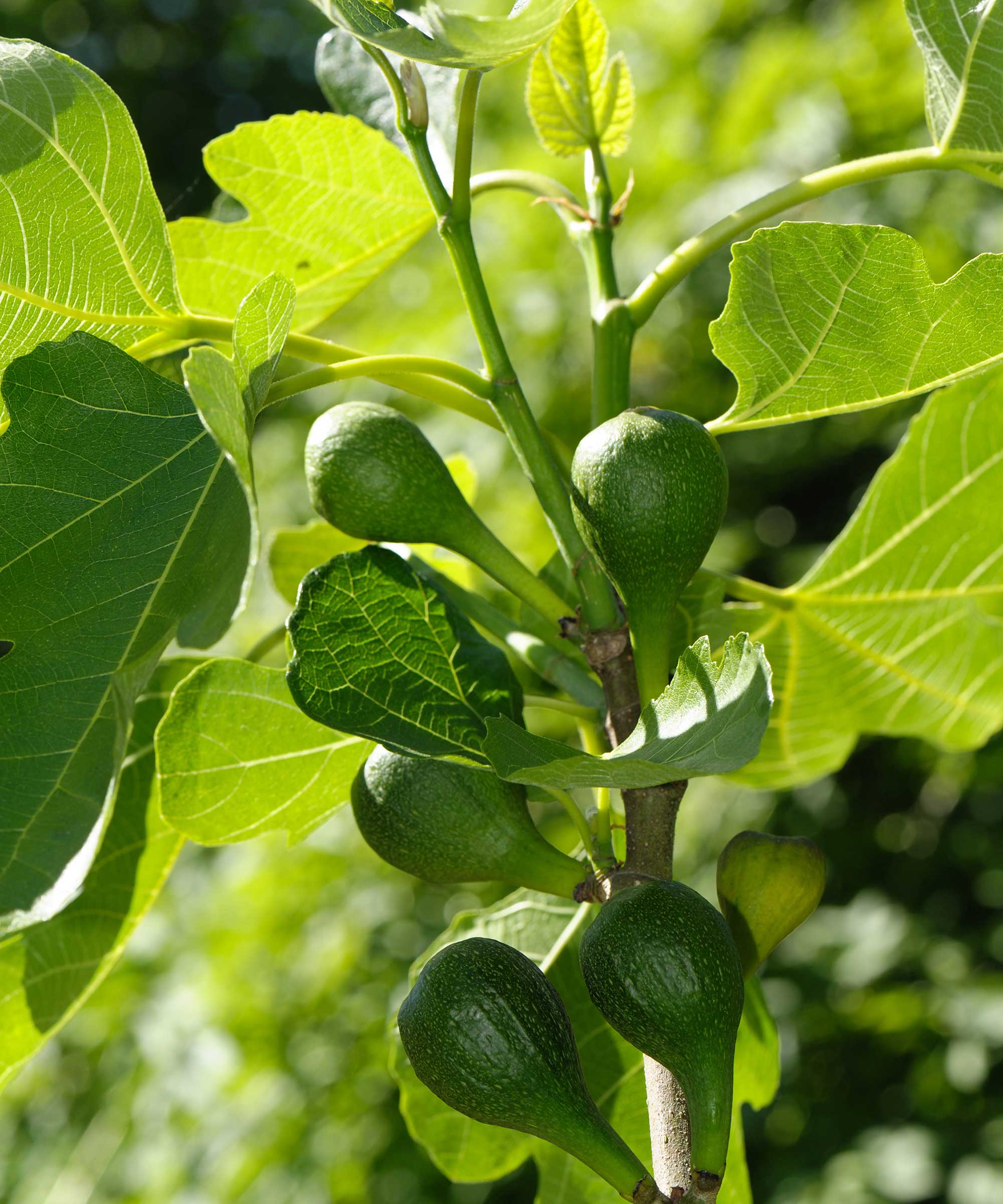
3 ways to encourage your fig tree fruit
If you have only just planted a fig tree or are growing a young plant, it's important to note that it's unlikely you will see fruit for the first few years.
'The age of the tree is important. A tree won't produce fruit until it's at least three years old,' says Annette Hird, expert gardener and fruit grower at Easy Urban Gardens.
That being said, more mature fig trees can be encouraged to produce fruit in a few different ways. Discover what experts suggest doing to get a fig tree fruit below.
1. Provide your fig tree with optimal growing conditions
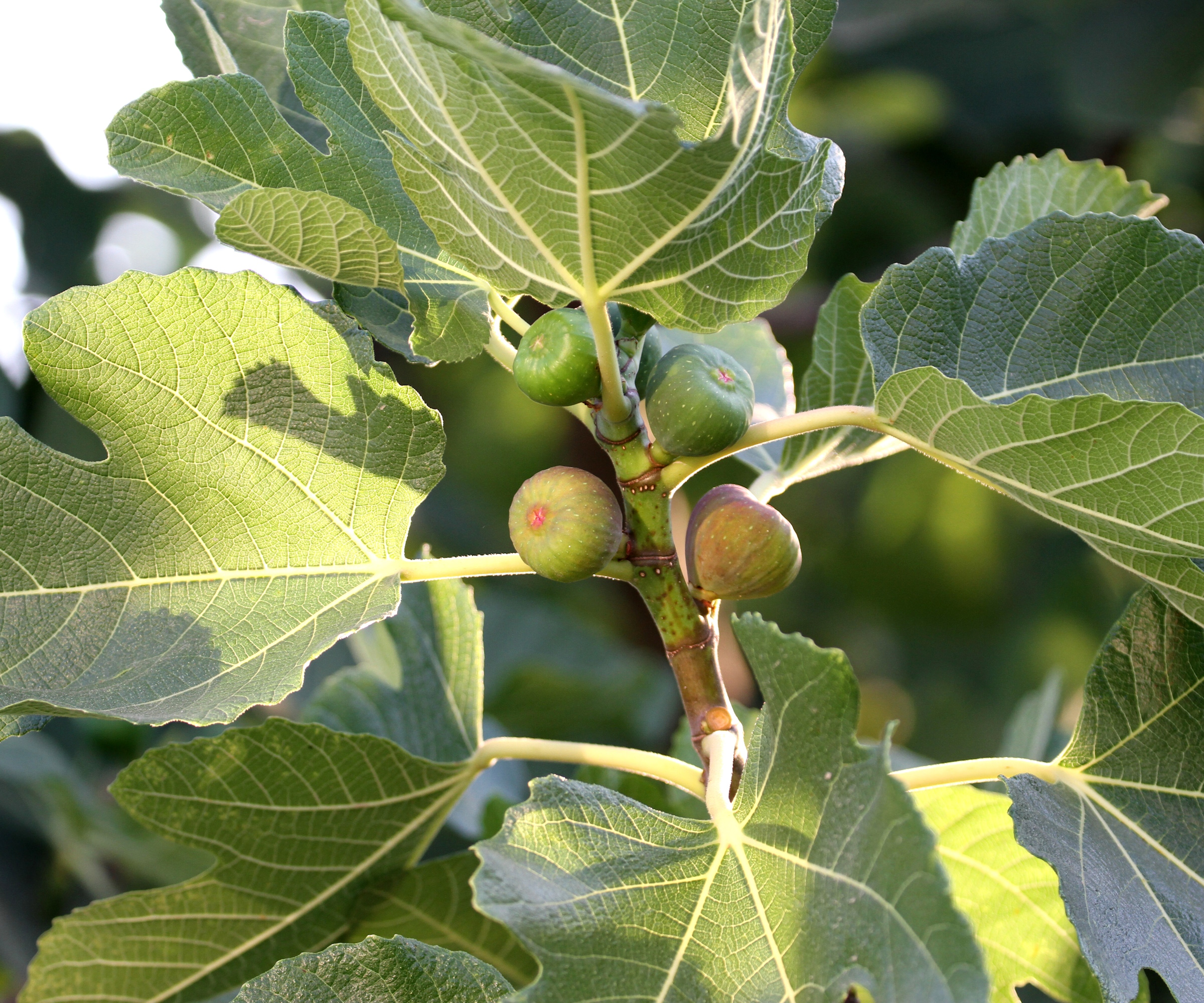
For successful growth of any plant, you need to provide growing conditions that are similar to their native environment. With fig trees being native to Mediterranean climates, it's best to grow them in the warmer climates of US hardiness zone 7 to zone 11. They really need heat and warmth, and it is unlikely that a fig tree will produce fruit in a climate any cooler.
Design expertise in your inbox – from inspiring decorating ideas and beautiful celebrity homes to practical gardening advice and shopping round-ups.
'Fig trees need hot and fairly dry summer weather to produce fruit. They need plenty of sunlight to produce their delicious fruits,' notes Annette. 'Being a Mediterranean plant, it doesn't like too much water in summer,' she adds.
If you are growing a fig tree in a container, try to move it to the warmest areas of your yard depending on the season, to give it the best chance possible of producing fruit.
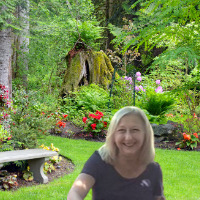
Annette Hird has an Associate Diploma in Horticulture and is an urban gardening expert. She has worked as a professional propagator and managed, maintained and improved many urban and rural gardens. She also enjoys growing her own fruit, vegetables, herbs and flowers as well as many different types of ornamental plants.
2. Prune away dead and damaged plant material

Another key care requirement for fig trees is pruning, and knowing how to prune a fig tree correctly could help encourage it to produce more fruit.
'Regular pruning encourages fruit production by directing the tree's energy. Trim off any excess branches that might be stealing resources from potential figs,' notes Evan Torchio, tree expert and CEO of Tree Mender.
By taking away excess branches, as Evan mentions, and those that are dead or damaged, you can help encourage the tree put its energy towards fruit production rather than trying to maintain foliage on those branches.
It's important to prune your fig tree when it isn't actively growing, in late winter or early spring. This is just before new growth begins and prepares your fig tree for fruit production.
Always use essential gardening tools to get this job done, like these bypass pruning shears from Amazon, and clean your gardening tools after use so that you don't pass on potential pests and diseases to other plants.
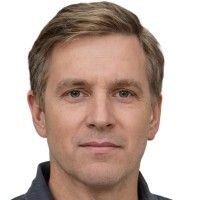
Evan Torchio is a plant expert and the CEO and Founder of Tree Menders. He earned a bachelor’s degree in forestry and is a member of the International Society of Arboriculture. Evan provides advice on indoor and outdoor trees, including fruit trees.
3. Use a potassium-rich fertilizer for your fig tree

Just like fertilizing other fruit trees, providing your fig tree with the right plant food can help it be more productive. Not every fertilizer is right for every plant, which is why it's key to observe NPK plant fertilizer numbers and distinguish the ratio of nitrogen, phosphorus and potassium in it - each nutrient has a different boosting effect on plants.
'Fertilizer will help but it needs to have a decent amount of potassium to encourage fruiting and not be too high in nitrogen,' says Annette.
Potassium helps plants in a number of ways and brings notable benefits to fruit trees by speeding up processes of ripening. Meanwhile, nitrogen tends to help with foliage growth and keeping leaves a bright green color.
'Fertilizers that have somewhat similar ratios of potassium and nitrogen will work well. Fertilizers that are specifically formulated for citrus trees will also work well,' Annette suggests.
There are plenty of appropriate fertilizers for fig trees on the market, like this citrus fertilizer from Amazon. Just take care not to make fertilizing mistakes when feeding your fig tree and always follow manufacturer instructions for the product you have.
FAQs
What time of year should you harvest figs?
Fig trees are ready to harvest when their fruit feels soft to touch and hang downwards from the branches. This is likely to happen at the end of the summer season. Although, it may depend on your fig tree variety as to when it will be ready to harvest. When harvesting your figs, simply lift the fruit off the branch gently - if it doesn't come way with ease, your figs may not be ready to harvest yet.
Can a fiddle leaf fig tree produce fruit?
Fiddle leaf figs are popular indoor plants for the shapely foliage and height they can offer. Although more difficult to achieve, it is possible to get a fiddle leaf fig tree to produce fruit, so long as you can provide it with plenty of direct sunlight and warmth. Crucially, it will require pollination to produce fruit, and the best way to do this is to place it outside if you live in a warm climate.
It can sometimes feel impossible to achieve, but with just a little bit of patience and by making the right adjustments, you can encourage your fig tree to produce delicious fruit.
Make sure to also winterize fig trees during colder months to protect them from harsher temperatures that may hinder their ability to produce fruit in summer.

Tenielle is a Gardens Content Editor at Homes & Gardens. She holds a qualification in MA Magazine Journalism and has over six years of journalistic experience. Before coming to Homes & Gardens, Tenielle was in the editorial department at the Royal Horticultural Society and worked on The Garden magazine. As our in-house houseplant expert, Tenielle writes on a range of solutions to houseplant problems, as well as other 'how to' guides, inspiring garden projects, and the latest gardening news. When she isn't writing, Tenielle can be found propagating her ever-growing collection of indoor plants, helping others overcome common houseplant pests and diseases, volunteering at a local gardening club, and attending gardening workshops, like a composting masterclass.